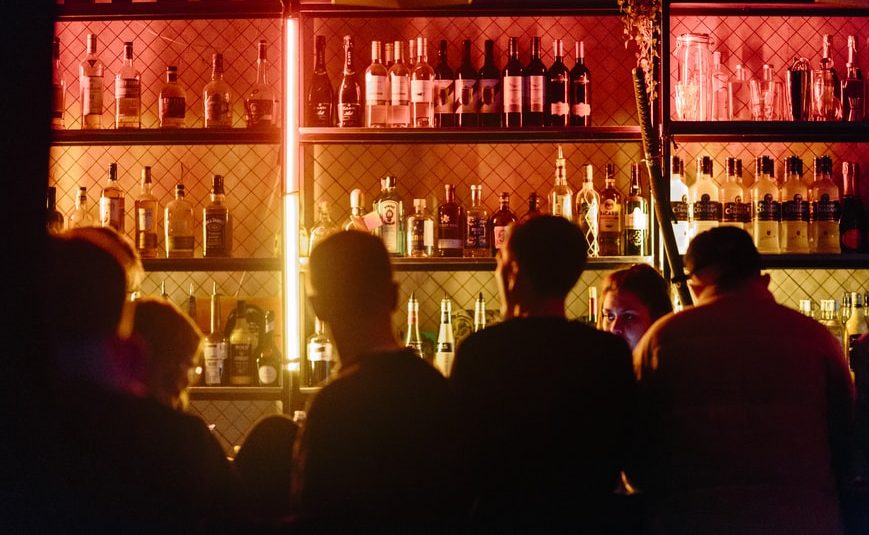Singapore — As the world enters its third year into the Covid-19 pandemic, one of the benefits is that more is known about the coronavirus causing it.
As the saying goes, better to fight a known enemy than an unknown one, and it’s definitely easier to avoid getting infected if we know under what type of circumstances infections are likely to occur.
A recent study published by the American Chemical Society shows clear estimates for how likely an individual is to catch Covid in different places.
It used an analysis of superspreader events and outbreaks, as well as studying the different elements that contribute to or prevent, the spread of the virus.
Researchers then designed a mathematical model taking these factors into account, afterwards presenting a percentage risk of infection.
In short, avoid crowds and enclosed spaces with poor ventilation, or areas where a lot of people talk, sing or shout, and wear a good mask that fits well.
And if you do have to go to such a venue, stay there only for the shortest time possible.
The results of the study have been made simple by four of its authors: Professors Trish Greenhalgh, Jose-Luis Jimenez, Shelly Miller and research scientist Zhe Peng, whose article on their COVID-19 Aerosol Transmission Estimator was published on the Gavi Vaccine Alliance website.
Prof Greenhalgh also tweeted a handy graphic from the article.
Where to catch Covid – and how. Our chart explained. This article has had close on a million hits in six days. @jljcolorado behind the sums.https://t.co/xYBifWmzUN pic.twitter.com/sWyH51uzYo
— Trisha Greenhalgh (@trishgreenhalgh) January 19, 2022
Here’s a summary of the points the authors made.
A “surefire” way to get infected is to do a combination of things such as:
- Gather together with lots of people in an enclosed space with poor air quality, such as an under-ventilated gym, nightclub or school classroom
- Do something strenuous or rowdy such as exercising, singing or shouting
- Leave off your masks
- Stay there for a long time
On the other hand, the authors suggest the following in order to avoid getting infected.
- If you must meet other people, do so outdoors or in a space that’s well-ventilated or meet in a space where the ventilation is good and air quality is known
- Keep the number of people to a minimum
- Spend the minimum possible amount of time together
- Don’t shout, sing or do heavy exercise
- Wear high-quality, well-fitting masks from the time you enter the building to the time you leave.
The study’s results are similar to the perspective of CNN’s Dr Sanjay Gupta, who said that the top five places coronavirus transmission is more likely to occur are houses of worship, hotels, bars, cafés, and restaurants.
Singapore’s Covid clusters
A look at the clusters of infections in Singapore over the past two years reflects the study’s findings.
Data from the Covid19 SG dashboard shows that infection clusters with the top three highest numbers of Covid cases have been workers’ dormitories. S11 Dormitory had 797 cases, while Sungei Tengah Lodge had 279. Westlite Toh Guan had 110 infections.
Other venues that had large infection numbers are the cluster at Mustafa Centre (87) as well as the private dinner at SAFRA Jurong, where 47 infections were recorded.
The list of clusters also includes a number of churches, a gym, a school, a McDonald’s outlet, among others. /TISG
Read also: Omicron wave: 1,185 new cases reported Jan 19, compared with 589 on Jan 18
S’pore PR gets infected with Omicron in December after Delta plus infection last May

